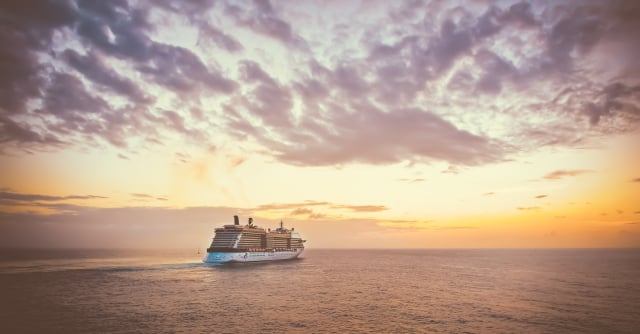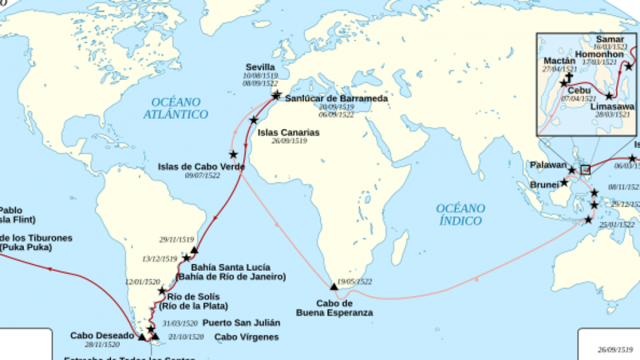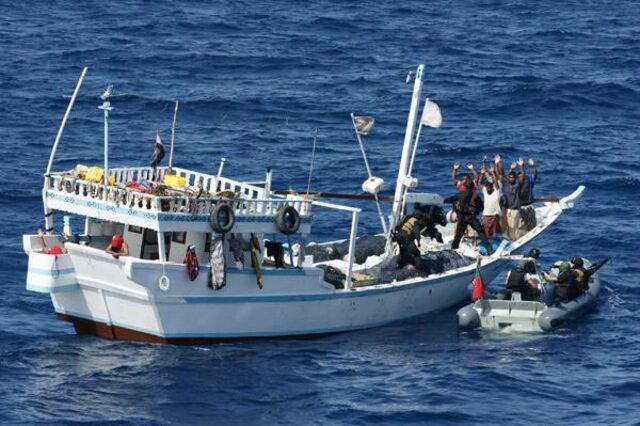Intercontinental navigation has been a key piece in the development of civilizations and the globalization of the world economy . From the days of the great explorers to modern maritime logistics , shipping routes have been crucial to trade, exploration and cultural connection between continents. Over the centuries, the ability to cross vast oceans has allowed nations to expand their borders, exchange goods and knowledge, and establish lasting ties with distant lands .
The 21st century has seen a significant increase in the volume of maritime trade , with cargo ships transporting millions of containers between international ports. The sophistication of navigation technology and the construction of infrastructure such as canals and ports have transformed intercontinental navigation into a safer and more efficient enterprise . However, along with these advances, new challenges have emerged, such as modern piracy, geopolitical tensions, and strict environmental regulations.
In addition to freight transportation, intercontinental shipping also plays a vital role in the tourism sector . Luxury cruise ships and ocean liners take millions of passengers on intercontinental voyages each year , connecting exotic destinations and allowing people to experience different cultures and landscapes. These voyages, which can last from a few days to several weeks , offer a unique way to explore the world from the comfort of a well-equipped boat.
You may also be interested in: Around the world by sailboat
Most common navigation routes

Taken from La Vanguardia
- North Atlantic Route:
One of the busiest shipping routes is the North Atlantic, which connects Europe with North America. This route is mainly used for the transport of goods between important ports such as Rotterdam (Netherlands), Hamburg (Germany), New York (USA) and Norfolk (USA). Trade between these continents is vital to the global economy, involving a vast amount of goods, from manufactured goods to food.
- Pacific Route:
Another essential route is the Pacific route, which connects Asia with North America. Ports such as Shanghai (China), Yokohama (Japan), Los Angeles and Long Beach (USA) are crucial points on this route. The Pacific route is especially important for the trade of electronic products, machinery and textiles, which move from Asian factories to North American markets.
- Suez Canal Route:
The Suez Canal, which connects the Mediterranean Sea with the Red Sea, is a vital artery for trade between Europe and Asia. This canal allows ships to avoid the long and dangerous route around the Cape of Good Hope in Africa. Traffic through the Suez Canal includes oil, natural gas, manufactured goods and consumer goods.
- Panama Canal Route:
The Panama Canal is another critical point in intercontinental navigation, connecting the Atlantic Ocean with the Pacific Ocean. This route is essential for trade between the east coast of the US and Asia, as well as between Europe and the west coast of the US and Latin America. The expansion of the canal in 2016 allowed the passage of larger ships, significantly increasing its capacity and efficiency.
You may also be interested in: Cruises
Risky shipping routes

- The Gulf of Aden and the Horn of Africa:
The Gulf of Aden, near the Horn of Africa, is one of the riskiest shipping routes due to the high incidence of piracy. Although international efforts have significantly reduced pirate attacks, the area remains dangerous for merchant ships. Shipping companies must implement additional security measures and, in some cases, hire armed escort services to transit this region.
- The Strait of Hormuz:
The Strait of Hormuz, which connects the Persian Gulf with the Arabian Sea, is a strategic route for oil transportation. However, the geopolitical tension in the region makes it a dangerous step. Ships transiting this strait are subject to risks of attacks and military conflicts.
- The Crimean Peninsula and the Sea of Azov:
The Azov Sea region and the Crimean Peninsula have been at the center of political and military conflicts between Russia and Ukraine. As a result, navigation in this area is highly risky, and some routes have been prohibited by authorities due to security and territorial sovereignty.
- The antartida:
Sailing in the waters surrounding Antarctica presents extreme risks due to severe weather conditions and the presence of icebergs. Additionally, there are strict international regulations that limit navigation to protect the delicate Antarctic ecosystem. Only vessels with special permits and appropriate equipment are allowed to operate in this region.
You may also be interested in: Nautical events throughout the year
Aspects to take into account when transporting from one continent to another

1. Permits and Documentation:
Sailing from one continent to another requires complying with various regulations and obtaining specific permits. Each country has its own laws and entry requirements, which may include visas, navigation permits and customs clearances. It is essential to ensure that all documents are in order before starting your trip.
2. Payments of Taxes and Fees:
Intercontinental transportation is subject to a variety of taxes and fees, which may vary depending on routes and destination ports. These may include port fees, import/export taxes and transit fees through strategic channels or straits. It is crucial to calculate these costs in advance to avoid financial surprises.
3. Security and Insurance:
Safety is a critical aspect in intercontinental shipping. In addition to safety measures on board, such as life-saving equipment and emergency procedures, adequate insurance is essential. Maritime insurance must cover risks such as damage to cargo, accidents and civil liability.
4. Compliance with International Regulations:
Ships sailing between continents must comply with international regulations established by organizations such as the International Maritime Organization (IMO). These regulations cover aspects such as safety of life at sea, pollution prevention and crew management. Staying up to date with these regulations is essential to avoid penalties and ensure safe and legal transit.
You may also be interested in: Sustainable navigation in the Mediterranean Sea
Navigation through the Bermuda Triangle

The Bermuda Triangle, bounded by Miami (Florida, USA), San Juan (Puerto Rico) and the Bermuda Islands , is a region of the Atlantic Ocean that has captured the popular imagination due to alleged mysterious disappearances of ships and planes. . Although the legend of the Bermuda Triangle has been fueled by reports of unexplained incidents, most of these events can be attributed to natural causes and human error . The myth of the Bermuda Triangle gained notoriety in the 1950s, when several writers began to associate a series of disappearances in the region with paranormal phenomena. Among the most famous incidents is the disappearance of Flight 19 in 1945, a group of military aircraft that were lost during training. However, subsequent investigations have suggested that factors such as bad weather and navigation errors were the main causes of these incidents. Most scientists and navigation experts consider disappearances in the Bermuda Triangle to be no more frequent than in any other part of the ocean with high sea and air traffic . Adverse weather conditions, strong ocean currents, and human error are plausible explanations for many of the reported incidents. Additionally, the region is subject to tropical storms and hurricanes , which can contribute to the disappearance of vessels and aircraft. Despite its fame, there is no scientific evidence to support the existence of paranormal phenomena in the Bermuda Triangle. The US National Oceanic and Atmospheric Administration (NOAA) and the US Coast Guard do not recognize the Bermuda Triangle as an especially hazardous area . Most incidents can be explained by natural factors and human error, and the region remains a common shipping route used by numerous commercial and tourist vessels.
We invite you to take a look at other articles at: https://yate.co/es/blog





